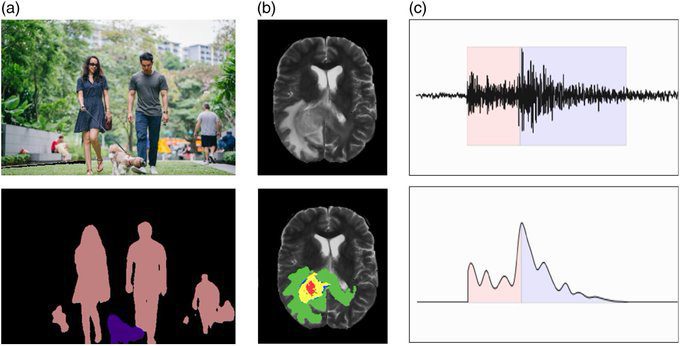Advancements in Earthquake Detection
The detection of small earthquakes has always been a challenge for seismologists. Traditional methods often fail to capture these minor tremors due to their low magnitude and the noise in seismic data. However, recent advancements in machine learning have provided new tools to address this issue. Scientists at USTCGlobal have developed a method using waveform envelope analysis combined with machine learning techniques to detect small earthquakes that are otherwise difficult to capture.
Machine Learning in Seismology
Machine learning has revolutionized various fields, and seismology is no exception. By analyzing vast amounts of seismic data, machine learning algorithms can identify patterns that are indicative of small earthquakes. This method involves training models on historical seismic data to recognize the subtle signatures of minor tremors. The use of waveform envelope analysis enhances the accuracy of these detections by focusing on the overall energy distribution of seismic waves rather than individual peaks.
Case Study: Greenland Fjord Tsunami
A recent satellite mission by NASA and France’s CNES detected the contours of a tsunami in a Greenland fjord in September 2023. This event, triggered by a massive rockslide, created a global seismic signal lasting nine days. Experts warn that climate change could cause more such events as Arctic glaciers melt and destabilize surrounding mountain slopes. The satellite mission highlights the importance of advanced detection methods in understanding and preparing for seismic events.
Challenges and Future Directions
Despite the advancements, there are still challenges to overcome. One significant challenge is the need for high-quality, labeled seismic data to train machine learning models effectively. Additionally, the models must be robust enough to handle the noise and variability inherent in seismic data. Future research will focus on improving the accuracy and reliability of these models, as well as integrating them with other emerging technologies such as high-precision gravitational field monitoring equipment.
Global Implications
The ability to detect small earthquakes has significant implications for global seismic monitoring and disaster preparedness. Early detection of minor tremors can provide valuable data that helps predict larger seismic events. This is particularly important in regions prone to earthquakes, such as Japan and the West Coast of the United States. For instance, the megaquake warning issued by Japan last week has sparked a new debate among US seismologists about when and how to alert West Coast residents to an increased risk of a catastrophic earthquake.
Conclusion
The integration of machine learning into seismology represents a significant step forward in earthquake detection and disaster preparedness. As these technologies continue to evolve, they will provide more accurate and timely information, ultimately helping to save lives and reduce the impact of seismic events.
Related Articles
-
- ,
Looking for Travel Inspiration?
Explore Textify’s AI membership
Need a Chart? Explore the world’s largest Charts database
